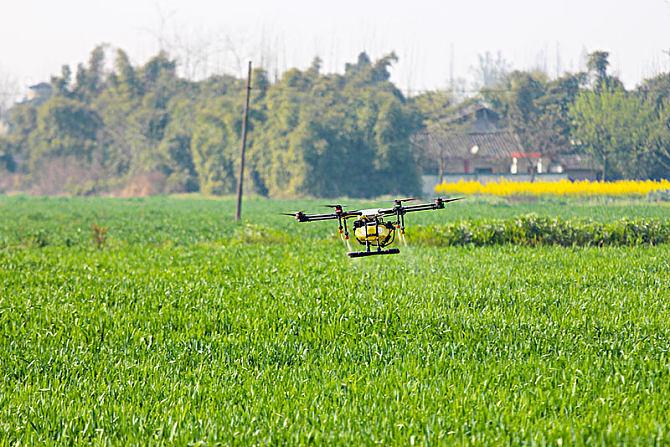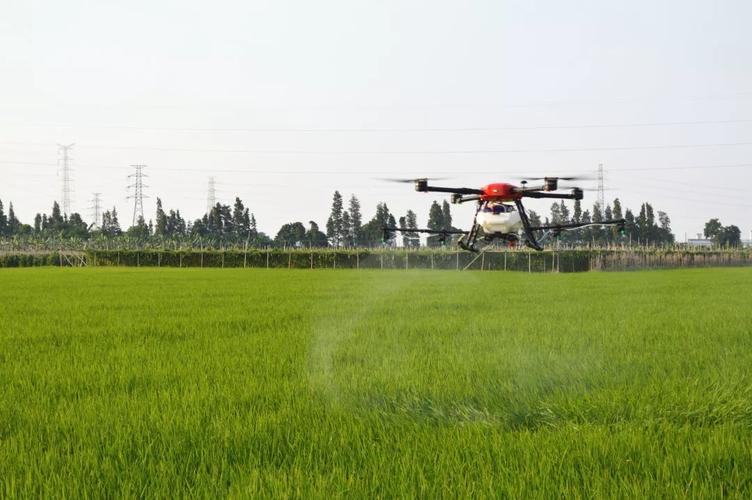In the process of mechanization of agricultural production, one of the main problems in research is that machinery cannot effectively adapt to various landforms. If the terrain is relatively rugged and not suitable for mechanical work, or if machinery cannot stop normally in farmland work, it will seriously affect the mechanization of agricultural production. Small plant protection drones complete spraying operations mainly in the air, and the operation process will not be affected by the terrain. At the same time, small plant protection drones are relatively small in size and do not need to build special lifting platforms during spraying operations, as long as they vacate about 2. 5% of the space in the field With a square open space of 25 m2, small plant protection drones can effectively lift and descend . Therefore, idle roads and open spaces in the field can be used as platforms for lifting small plant protection drones. If the terrain where rice is planted is hilly, mountainous, and other terrain that is not suitable for drone parking, when conducting pesticide spraying operations, a platform can be manually built to ensure that small plant protection drones can rise and fall in these uneven terrain, and the normal implementation of pesticide spraying operations.
When spraying pesticides to control rice pests and diseases, if the contact distance between the pesticide spraying operator and the pesticide is too close, the pesticide may become contaminated on the operator’s body, seriously affecting the operator’s personal safety. When using small plant protection drones to spray pesticides, the spraying method is remote control. Operators mainly use ground stations to receive satellite signals. Remote control of small plant protection drones effectively prevents direct contact between operators and pesticides, thereby effectively ensuring the personal safety of pesticide spraying operators.



No reply content